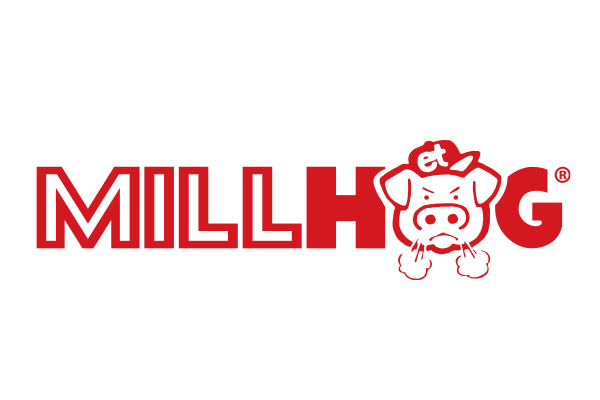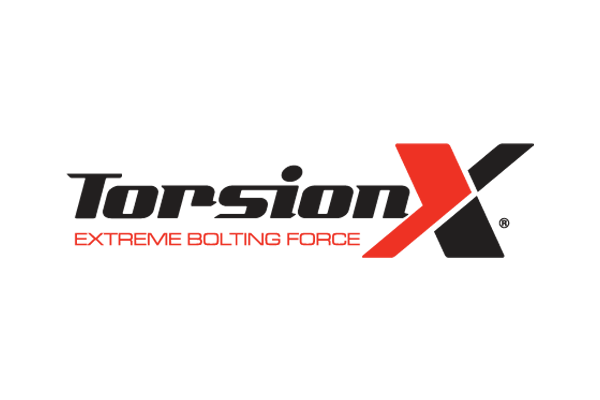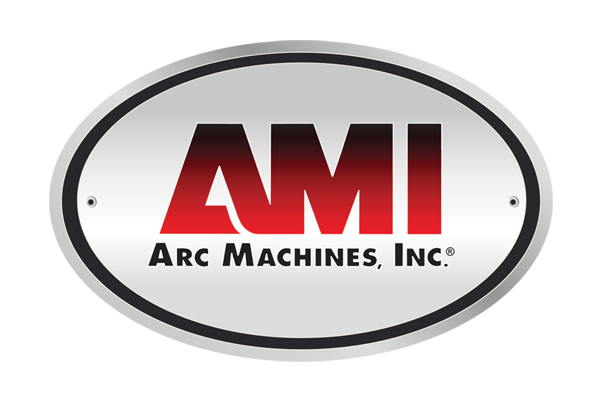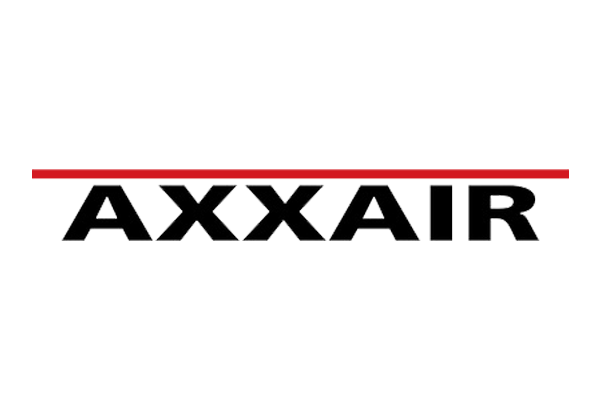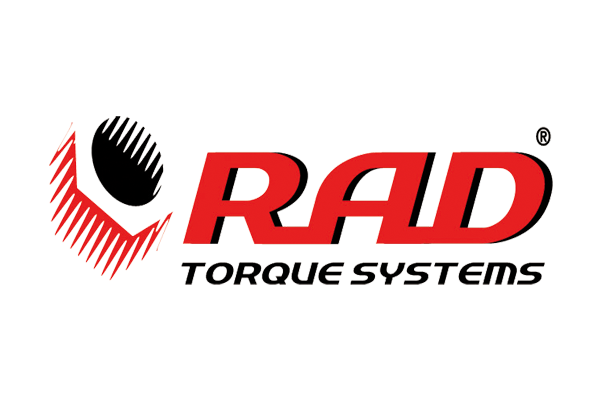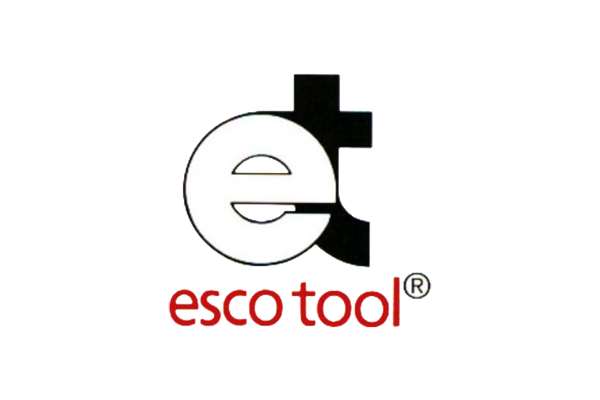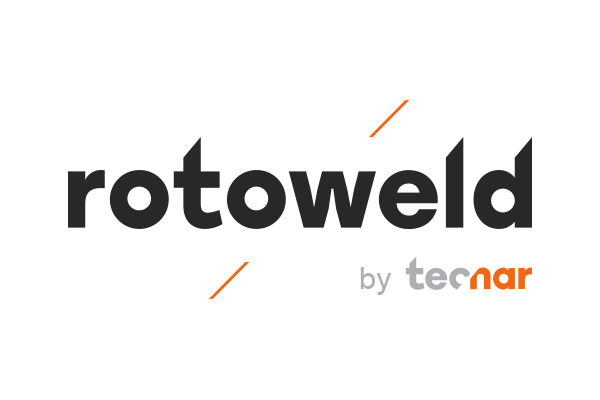What Data Should the Welding Industry Be Tracking?
In the dynamic and technologically driven welding industry, data plays a pivotal role in steering operational efficiencies, enhancing safety measures, and nurturing innovation. The sheer volume and variety of data that can be collected throughout the welding process—from equipment performance metrics to quality control and compliance data—offer rich insights that can significantly optimize workflows, reduce costs, and improve product quality.
Let’s look at the types of data the welding industry should be tracking to stay competitive.
Welding Process Data
The most obvious data the welding industry should track is process-related data. This information includes parameters such as voltage, current, arc length, and travel speed, which are essential for monitoring and controlling the welding process. Tracking these metrics can help identify any deviations from the standard parameters, allowing for timely adjustments and ensuring consistency in quality. Additionally, the industry can process data for predictive maintenance, where deviations from the norm can indicate potential equipment failures before they occur.
Weld Quality Data
Tracking weld quality data is imperative for maintaining product integrity and compliance with industry standards. This data includes information such as weld penetration depth, bead geometry, and defects like porosity or cracks. By collecting this data, companies can identify potential issues early on and take corrective actions to prevent rework or product rejection. Moreover, analyzing weld quality data over time can help identify trends and patterns that can lead to process improvements.
Equipment Performance Data
The welding equipment used in the industry is a significant investment, and tracking its performance is vital for ensuring maximum uptime and efficiency. By monitoring metrics such as duty cycle, arc-on time, and maintenance schedules, companies can identify any potential equipment failures or inefficiencies. This data can also work well for predictive maintenance, with software algorithms analyzing the performance data to predict when a component is likely to fail.
Energy Consumption Data
With growing concerns over environmental sustainability and energy efficiency, tracking energy consumption data in the welding industry is becoming increasingly important. By monitoring energy usage in the welding process, companies can identify opportunities for optimization and cost savings. This data can also help meet regulatory requirements and demonstrate a commitment to sustainability.
Employee Performance Data
Employee performance is critical for success in any industry, and the welding sector is no exception. Tracking employee performance data, such as productivity levels, safety records, and training completion rates, can identify areas for improvement and recognize top-performing employees. This data can also be useful to track compliance with safety regulations and ensure all necessary certifications are up to date.
The systematic tracking of data in the welding industry is not simply a trend but a strategic imperative. By focusing on key metrics across welding processes, weld quality, equipment performance, energy consumption, and employee performance, businesses can unlock profound insights and tangible benefits. This approach not only leads to improved operational efficiency and product quality but also drives innovation, sustainability, and worker safety. In an era dominated by rapid technological advancement and competitive pressures, leveraging data analytics is critical for welding enterprises aiming to excel and sustain their market leadership.
SEC Industrial’s automated pipe spool welding machine can provide valuable data insights to optimize welding processes and improve overall operational efficiency. Contact us to learn more about how our state-of-the-art equipment and software can help your business stay ahead in the welding industry.
